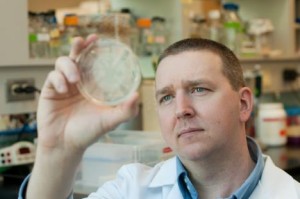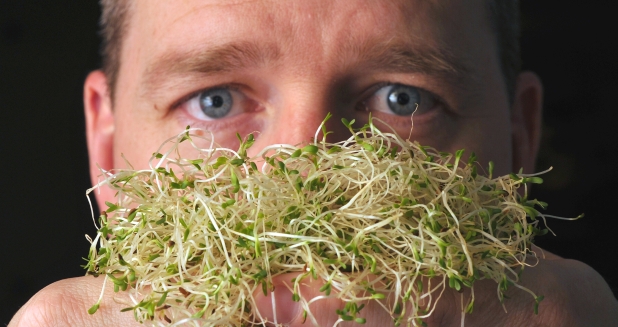There is nothing more condescending to sick people than to tell them it’s their fault, especially if the cause was something like needle-tenderized steak, that they had no way of knowing about. But that’s exactly how the Saskatchewan (province in Canada) Ministry of Health led off in “reminding consumers to use safe beef handling and  cooking practices, in the wake of the recent recall of Alberta beef products by the Canadian Food Inspection Agency (CFIA).
cooking practices, in the wake of the recent recall of Alberta beef products by the Canadian Food Inspection Agency (CFIA).
“The Ministry of Health is aware of 13 reported cases of E. coli infection in Saskatchewan in September; the usual number of cases in that month ranges from zero to four. Public health authorities are investigating these cases and conducting tests to determine whether they are linked to the recall. Laboratory results are expected within the next few days.”
And it gets worse:
“People can reduce their risk of E. coli infection by taking very simple, common sense steps,” Chief Medical Health Officer Dr. Saqib Shahab said. “Consumers should be vigilant about thorough hand washing when handling or preparing food, and ensure that all meat is cooked thoroughly.”
But what about the cross-contamination? Hockey goon and microbiology professor Kevin Allen at the University of British Columbia got it exactly right when he told The Province today it isn’t worth the risk to cook beef products if you’re unsure about their safety adding, “If you suspect it’s part of the outbreak, not even to try, especially if you have children.”
Kevin has two kids.

 included lox, smoked tuna, candied salmon and fish jerky.
included lox, smoked tuna, candied salmon and fish jerky.(1)(1).jpg) about the really, really young? Or the super-young. The uber-young?
about the really, really young? Or the super-young. The uber-young? possessing AMR, full-length InlA, LGI1, and serotypes frequently associated with listeriosis suggest B.C. consumers are exposed to high-risk strains.
possessing AMR, full-length InlA, LGI1, and serotypes frequently associated with listeriosis suggest B.C. consumers are exposed to high-risk strains. Although it can be unnerving.
Although it can be unnerving. an indicator of fecal contamination.
an indicator of fecal contamination..jpg) contamination.
contamination. no, I wouldn’t."
no, I wouldn’t."(1).jpg) concentration of bacteria that was below the federal threshold that would have necessitated a recall, but it is still a cause for concern, said Allen.
concentration of bacteria that was below the federal threshold that would have necessitated a recall, but it is still a cause for concern, said Allen..jpg) Baltimore in 2005, so good to see the
Baltimore in 2005, so good to see the .jpg) University of British Columbia food scientist Kevin Allen told the
University of British Columbia food scientist Kevin Allen told the .jpg) eating spinach.”
eating spinach.” I was often the goalie.
I was often the goalie.